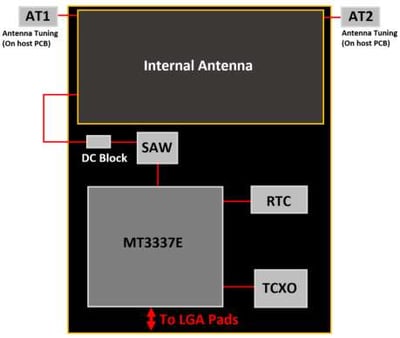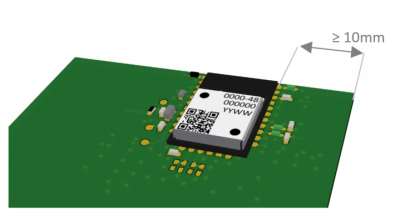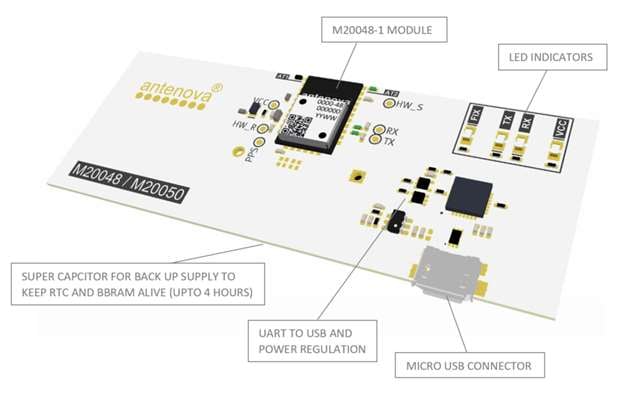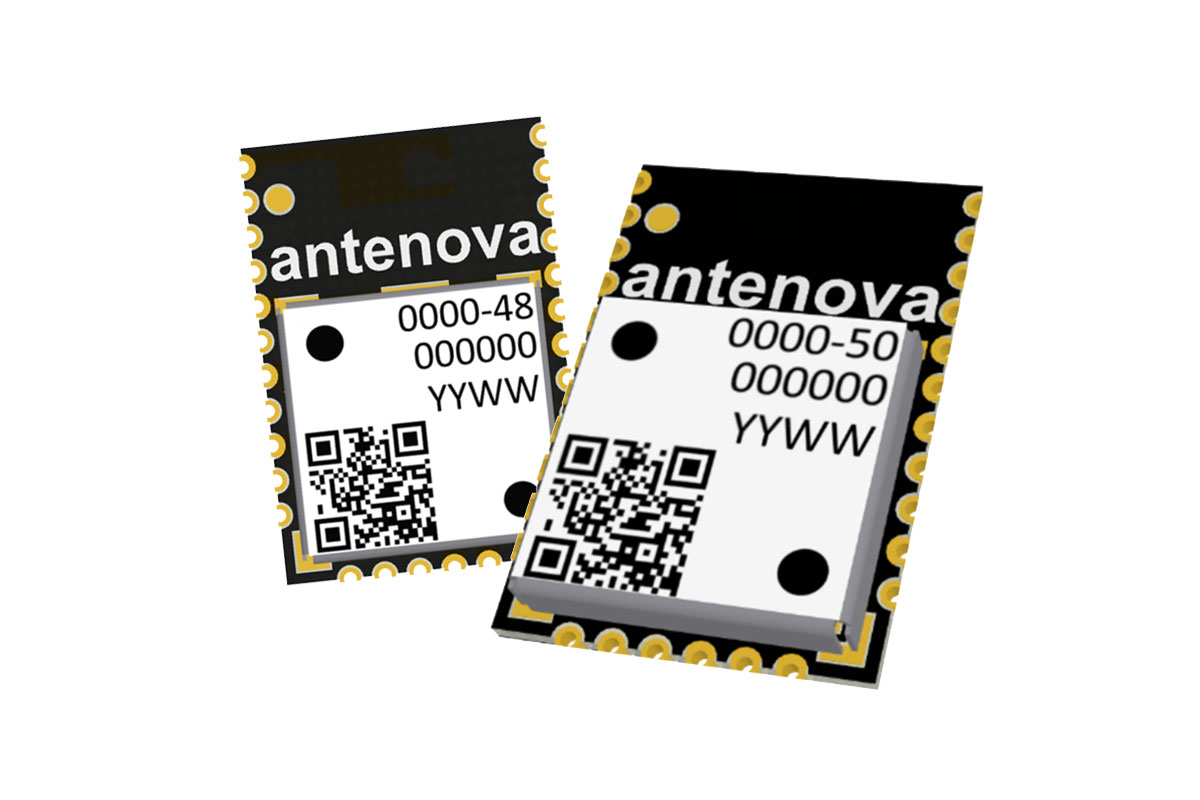GPS is integrated into the fabric of everyday life. It’s used for much more than simply navigation: it’s not used in asset tracking, farming, mining and countless other examples. Each of these examples requires high levels of precision and accuracy, but not every solution for GNSS can offer both.
Since 1983, when Ronald Reagan made GPS public in 1983, there has been immense innovation in the hardware and software technologies powering it. Devices are now capable of achieving centimeter-scale accuracy, through innovative techniques and technologies that allow every device to obtain a quick time-to-first-fix, high acquisition and tracking sensitivity, and minimal circular error probability (CEP).
Much of the innovation in GPS hardware has been in relation to the receiver’s accuracy. While performance has improved, there are new solutions that make the integration process easier than ever; it is now even more straightforward to achieve high levels of accuracy and performance.
RF modules are part of the reason behind this. They have become more of an appealing prospect to engineers, regardless of their RF expertise. This article will introduce you to RF modules, their performance prospects and an idea of their ideal applications. They can help you achieve great levels of accuracy and performance, with minimal effort required on the part of the design engineer.
What is an RF module?

An RF module is a complete global positioning system solution that enables near-instantaneous access to location and timing data. A module is an all-in-one digital receiver that, from those signals, calculates the distance of a satellite. It’s performance, therefore, is critical in ensuring accuracy.
GPS receivers come in a variety of forms: from integrated circuit chips to all-in-one modules. Combined with a high performance antenna, these can each offer a unique set of advantages – but in different scenarios. To understand, it’s important to understand precisely what compromises an antenna module.
Typically, an RF module will consist of a processor, memory and internal voltage regulation.
What advantages do RF modules offer over chipsets?
Modules are purpose built to offer high levels of GNSS accuracy and performance within a small, compact form factor. They offer a near drop-in solution to achieve high levels of performance.
Compactness
RF modules can measure as little as 9x9mm, with just 1.8mm of z-axis height. This allows devices to remain thin and sleek, all while retaining high levels of accuracy and performance. By comparison, a ceramic patch of the same size will deliver the same performance, yet require more space for the RF circuitry and other integrated circuits.
Placement

Unlike other solutions, RF modules do not need to be positioned right at the centre of a circuit board. They perform best when positioned on the edges of a PCB, leaving the heart of the circuit board free to house microprocessors, right where they need to be.
Performance
There are several measures of performance and accuracy to be taken into account with GPS. The most important ones are the time-to-first-fix and the Carrier to Noise Ratio (C/N0), but there are lesser known measures such as CEP, which is a measure of accuracy. We’ve written an article on the performance criteria you should be paying attention to with GPS. But there are several advantages to GPS-specific stack-ups that enable quicker re-acquisition of fix, faster TTFF and greater accuracy.
Time to market
From a development perspective, RF modules allow devices to quickly and easily obtain a GPS fix. To set them up, they require simply configuration with a software package (where some are created specifically for less advanced users). Alternatively, chipsets require a more much involved integration, design and testing process to guarantee their accuracy.
Flexibility in integration

Modules offer a powerful way to drop-in GPS/GNSS capabilities in a device with minimal intervention from the designer. Modules can be matched with an off-module circuit, which enables the module to perform optimally in the design itself.
Introducing RADIONOVA
RADIONOVA is Antenova’s family of compact surface-mounted GPS and GNSS modules. They offer a simple, drop-in solution for high levels of performance with seamless integration.
RADIONOVA modules consist of the GPS/GNSS receiver chipset, along with the required RF components (TCXO, LNA and SAW). Antenova’s modules also contain a purpose-built antenna, designed to maximise performance in a minimal footprint.
These modules enable product engineers to quickly and seamlessly integrate a complete GNSS/GPS solution, which can be easily matched off-module to maximise performance within the design.
Benefits:
- One-size-fits-all: an easily integrable solution.
- Designed and tested by Antenova, a leading antenna manufacturer – maximising performance in a minimal space; no third-party antennas enable the best performance.
- Easy off-module matching to achieve high levels of performance with minimal effort.




